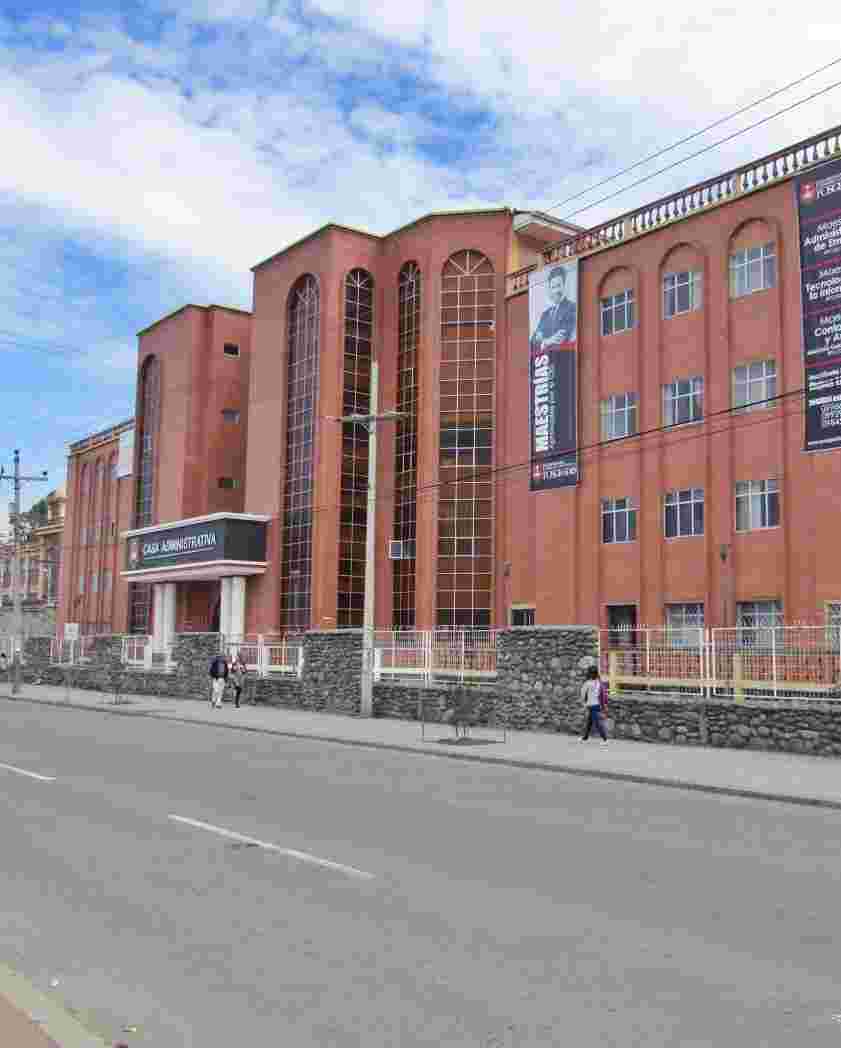Análisis de la manejabilidad del hormigón con materiales empleados en la ciudad de Azogues, considerando su contenido de agua y asentamineto
| dc.contributor.advisor | Crespo Crespo, Jorge Efraín | |
| dc.contributor.author | Tandazo Parra, Sebastián Patricio | |
| dc.contributor.cedula | 0302197793 | es_ES |
| dc.contributor.other | ., . | |
| dc.coverage | Azogues - Ecuador | es_ES |
| dc.date.accessioned | 2022-07-27T22:32:20Z | |
| dc.date.available | 2022-07-27T22:32:20Z | |
| dc.date.issued | 2021 | |
| dc.description | En el diseño de hormigón ha existido una gran controversia por varios años, al momento de elaborar mezclas no se ha podido controlar su asentamiento de manera rigurosa, debido a que dentro de los códigos de diseño solo se mencionan cantidades de agua aproximadas para un rango de asentamientos; además dichos estudios fueron realizados con materiales que se distribuyen en su localidad. La investigación se orienta a establecer la correlación que existe entre la plasticidad del hormigón y la cantidad de agua que se incorpora, con la finalidad de obtener datos que permita a los diseñadores, contratistas y productores de hormigón, mejorar la caracterización de las mezclas, tomando en cuenta las propiedades de los áridos y cementos que se comercializan en la ciudad de Azogues. Los ensayos fueron elaborados en laboratorio, en un ambiente controlado y con materiales de excelente calidad, que cumplen con los requisitos que establece el Servicio Ecuatoriano de Normalización, pudiendo plasmar dichos resultados en diversas gráficas en donde se podrá observar los distintos asentamientos que tiene una mezcla en estado fresco en función de la cantidad de agua que se emplea, del tipo de cemento, tamaño y forma del agregado, relación agua cemento (A/C). Al final del trabajo se mostrará mediante una gráfica que contempla en manera general las curvas de cantidad de agua y asentamiento que se puede obtener de una mezcla, empleando cualesquiera de los dos tipos de cemento y agregados que se usaron en esta investigación. | es_ES |
| dc.description.abstract | Within the design of concrete, there has been a great controversy for a long time, at the moment of elaborating concrete mixtures it has not been possible to control its workability rigorously. Many factors can affect the flowability of concrete mixtures, one of the most important being the amount of water added to the mixture; however, this factor is also related to the physical properties of the aggregates, as well as the cementitious agent used. The immense variety of aggregates and types of cement in the world makes it impractical to standardize a procedure for all existing combinations. Therefore, it is necessary to carry out laboratory tests to determine the behavior of fresh concrete made with locally available materials and under different humidity conditions. The research is focused on establishing the correlation between the plasticity of the concrete and the amount of water added, to obtain data that will allow designers, contractors, and concrete producers to improve the characterization of the mixtures,considering the properties of the aggregates and types of cement that are marketed in Azogues city. The tests were conducted in a laboratory, in a controlled environment, and with materials of excellent quality, which comply with the requirements established by the Ecuadorian Standardization Service. The results are shown in several graphs and tables where the different settlements of a fresh mix can be observed, depending on the amount of water used, the type of cement, size and shape of the aggregate, as well as the water-cement ratio (A/C). | es_ES |
| dc.description.peer-review | . | es_ES |
| dc.description.sponsorship | . | es_ES |
| dc.description.uri | Trabajo de investigación | es_ES |
| dc.format | application/pdf | es_ES |
| dc.format.extent | 59 páginas | es_ES |
| dc.identifier.citation | Tandazo Parra, S.P. (2021) Análisis de la manejabilidad del hormigón con materiales empleados en la ciudad de Azogues, considerando su contenido de agua y asentamineto. Universidad Católica de Cuenca. | es_ES |
| dc.identifier.doi | . | es_ES |
| dc.identifier.journal | . | es_ES |
| dc.identifier.other | 10BT2021-TCiv-19 | |
| dc.identifier.uri | https://dspace.ucacue.edu.ec/handle/ucacue/11894 | |
| dc.language.iso | spa | es_ES |
| dc.publisher | Universidad Católica de Cuenca. | es_ES |
| dc.relation | . | es_ES |
| dc.relation.ispartofseries | .;. | |
| dc.relation.uri | http://creativecommons.org/licenses/by/4.0/deed.es | es_ES |
| dc.rights | info:eu-repo/semantics/openAccess | es_ES |
| dc.rights.uri | http://creativecommons.org/licenses/by/4.0/deed.es | es_ES |
| dc.source | Universidad Católica de Cuenca | es_ES |
| dc.source | Repositorio Institucional - UCACUE | es_ES |
| dc.subject | Agua | es_ES |
| dc.subject | agregados | es_ES |
| dc.subject | cemento | es_ES |
| dc.subject | hormigón | es_ES |
| dc.subject | trabajabilidad | es_ES |
| dc.subject.ocde | Aggregates | es_ES |
| dc.subject.ocde | water | es_ES |
| dc.subject.ocde | cement | es_ES |
| dc.subject.ocde | concrete | es_ES |
| dc.subject.ocde | workability | es_ES |
| dc.title | Análisis de la manejabilidad del hormigón con materiales empleados en la ciudad de Azogues, considerando su contenido de agua y asentamineto | es_ES |
| dc.title.alternative | . | es_ES |
| dc.type | info:eu-repo/semantics/bachelorThesis | es_ES |
| thesis.degree.discipline | Ingeniería, Industria y Construcción | es_ES |
| thesis.degree.grantor | Ucacue-Campus Universitario Azogues. Ingeniería Civil | es_ES |
| thesis.degree.level | Título Profesional | es_ES |
| thesis.degree.name | Pregardo | es_ES |
| thesis.degree.program | Presencial | es_ES |
Archivos
Bloque original
1 - 1 de 1
Cargando...
- Nombre:
- SEBASTIAN PATRICIO TANDAZO PARRA.pdf
- Tamaño:
- 2.49 MB
- Formato:
- Adobe Portable Document Format
- Descripción:
- Consultar en biblioteca
Bloque de licencias
1 - 1 de 1
Cargando...
- Nombre:
- license.txt
- Tamaño:
- 1.71 KB
- Formato:
- Item-specific license agreed upon to submission
- Descripción:




